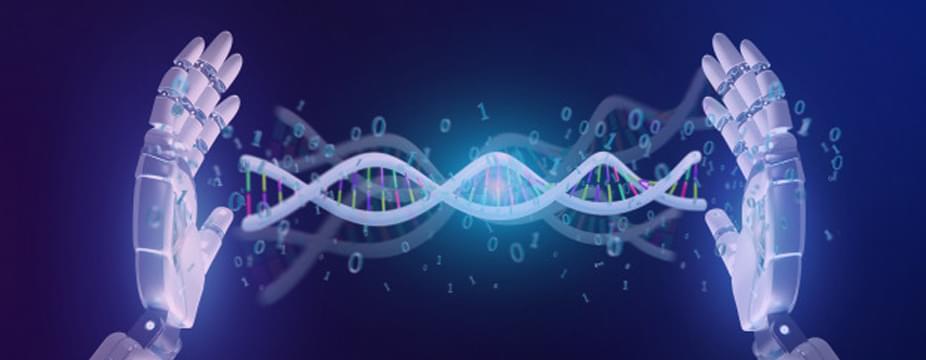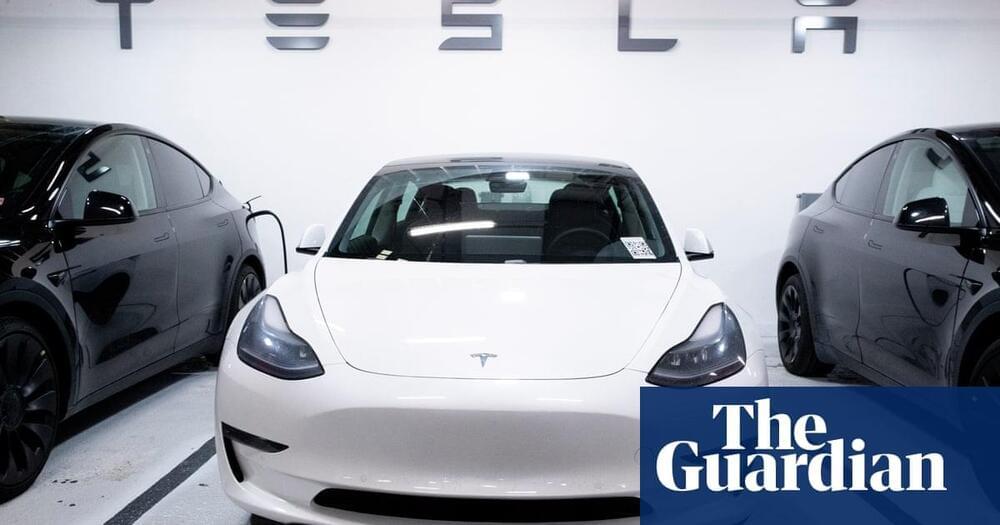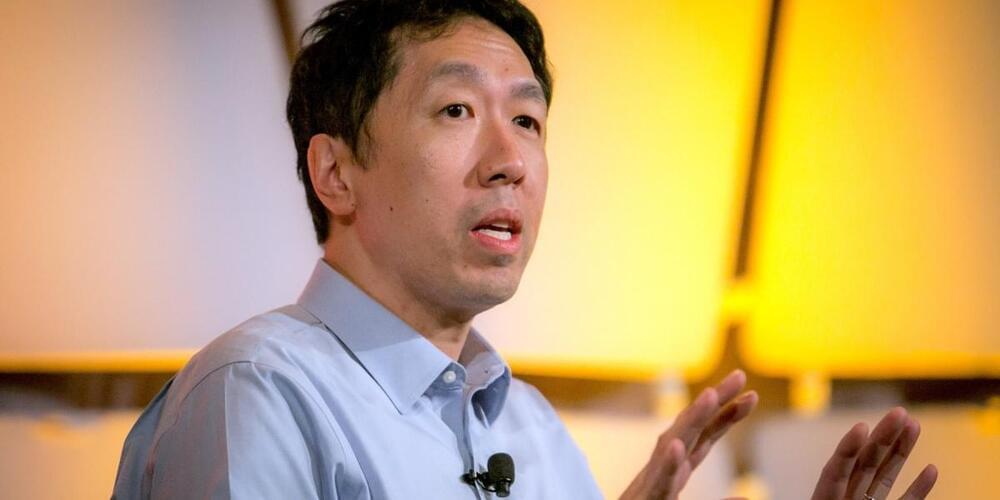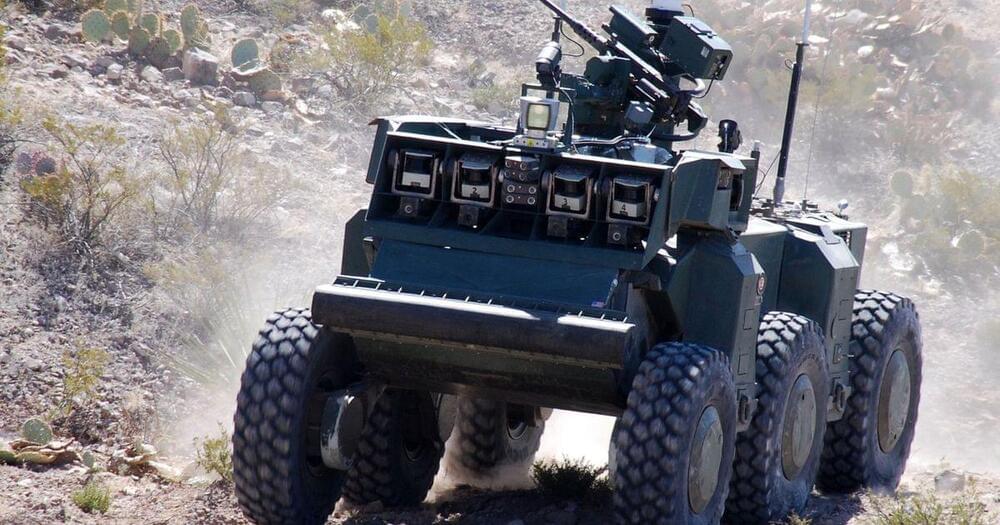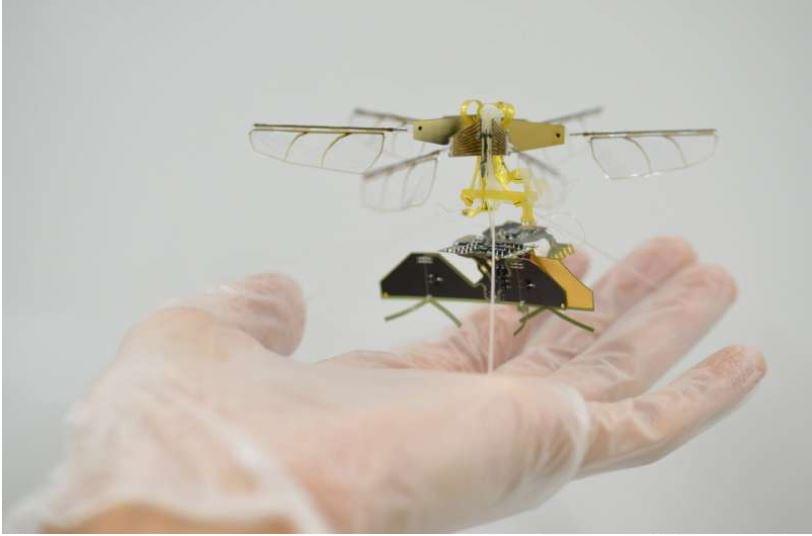Who better to answer the pros and cons of artificial intelligence than an actual AI?
Students at Oxford’s Said Business School hosted an unusual debate about the ethics of facial recognition software, the problems of an AI arms race, and AI stock trading. The debate was unusual because it involved an AI participant, previously fed with a huge range of data such as the entire Wikipedia and plenty of news articles.
Over the last few months, Oxford University Alex Connock and Andrew Stephen have hosted sessions with their students on the ethics of technology with celebrated speakers – including William Gladstone, Denis Healey, and Tariq Ali. But now it was about time to allow an actual AI to contribute, sharing its own views on the issue of … itself.
The AI used was Megatron LLB Transformer, developed by a research team at the computer chip company Nvidia and based on work by Google. It was trained by consuming more content than a human could in a lifetime and was asked to defend and question the following motion: “This house believes that AI will never be ethical.”
